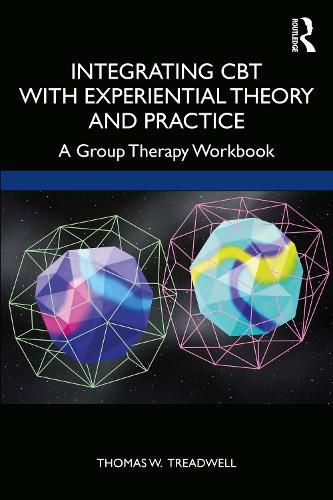Readings Newsletter
Become a Readings Member to make your shopping experience even easier.
Sign in or sign up for free!
You’re not far away from qualifying for FREE standard shipping within Australia
You’ve qualified for FREE standard shipping within Australia
The cart is loading…






This workbook elucidates the techniques clinicians will encounter using the cognitive experiential (psychodrama) group therapy (CEGT) model.
This model incorporates cognitive behavioral and psychodramatic interventions to help identify and modify negative thinking, behavior, and interpersonal patterns. Beginning with a brief overview of cognitive behavioral therapy (CBT) and psychodrama, the book highlights concepts and techniques that are most relevant to CEGT session content. The second half of the workbook provides a description of CEGT and what group members should expect through their engagement in this therapy. Featured throughout are tables and exercises that create pathways to challenge dysfunctional thinking along with blank worksheets to be used by group members located in the appendices.
Readers will learn techniques to challenge negative thought patterns and increase engagement in positive and success-based experiences through clear guidelines for behavioral interventions to help move individuals from negativity to a more positive life space.
$9.00 standard shipping within Australia
FREE standard shipping within Australia for orders over $100.00
Express & International shipping calculated at checkout
This workbook elucidates the techniques clinicians will encounter using the cognitive experiential (psychodrama) group therapy (CEGT) model.
This model incorporates cognitive behavioral and psychodramatic interventions to help identify and modify negative thinking, behavior, and interpersonal patterns. Beginning with a brief overview of cognitive behavioral therapy (CBT) and psychodrama, the book highlights concepts and techniques that are most relevant to CEGT session content. The second half of the workbook provides a description of CEGT and what group members should expect through their engagement in this therapy. Featured throughout are tables and exercises that create pathways to challenge dysfunctional thinking along with blank worksheets to be used by group members located in the appendices.
Readers will learn techniques to challenge negative thought patterns and increase engagement in positive and success-based experiences through clear guidelines for behavioral interventions to help move individuals from negativity to a more positive life space.